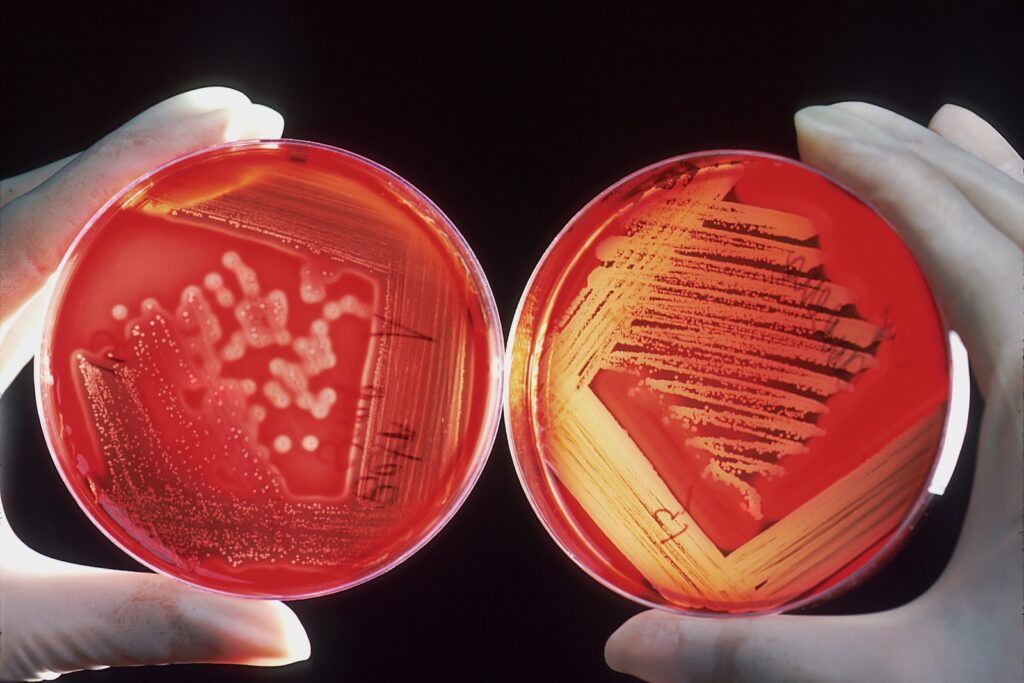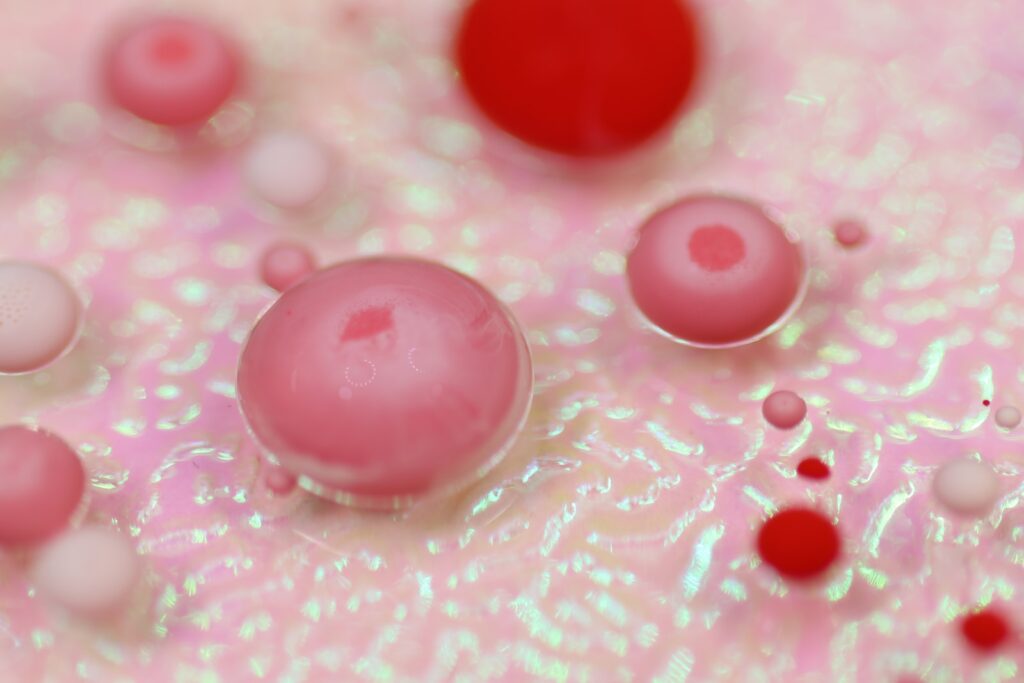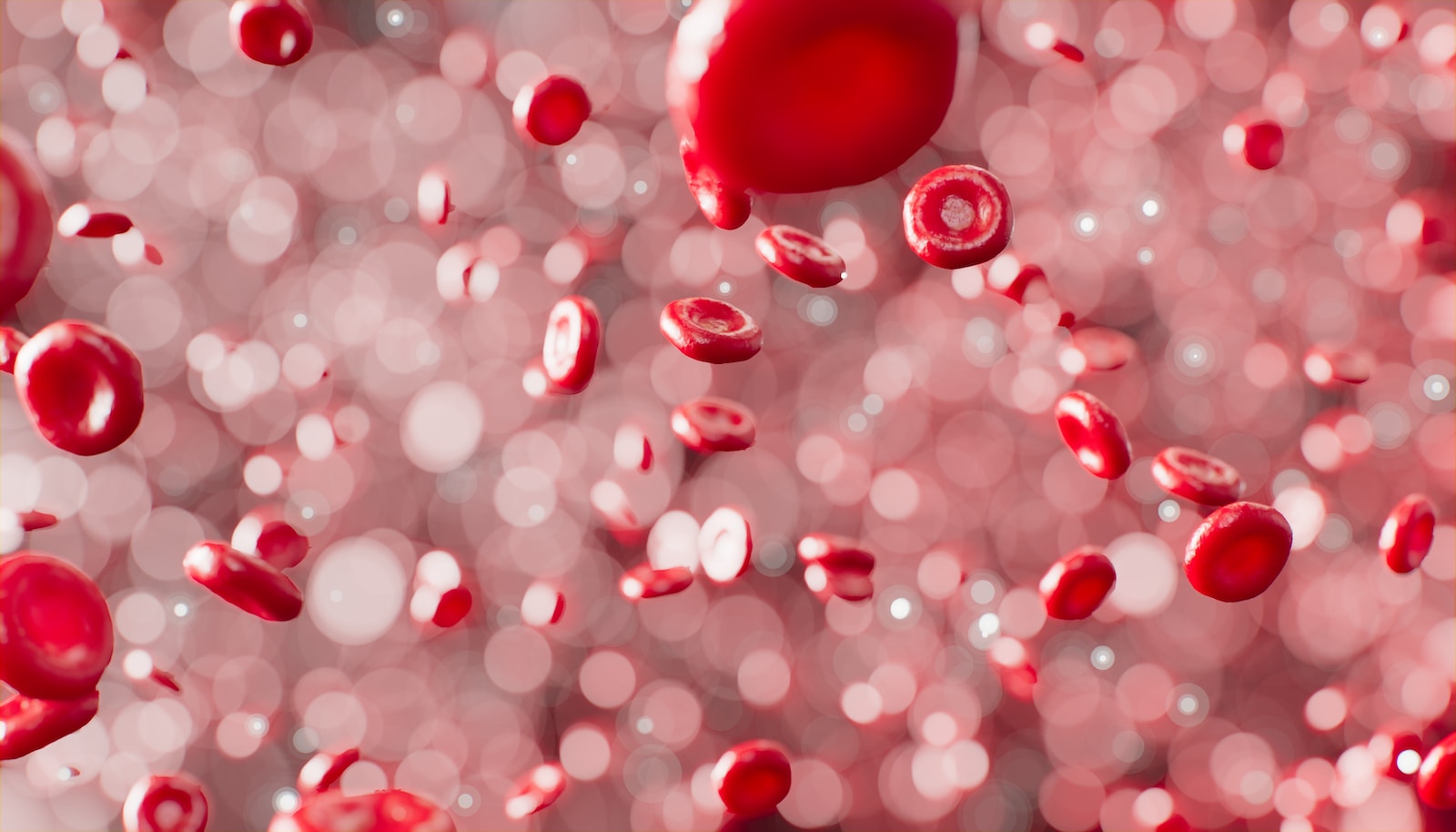Red blood cells – or RBCs – have one of the most vital jobs in the human body, transporting oxygen from our lungs to our tissues and organs so we can stay alive and thrive.
Though small in size, these disc-shaped cells have a big impact, with around 25 trillion RBCs constantly circulating within our blood vessels.
But how long do these unsung microscopic heroes actually last as they make their rounds again and again throughout the highways and backroads of our circulatory system?
Read on to learn more about the average life expectancy of RBCs, the different stages of development they go through, and what factors can influence their lifespan for better or worse.
Table of Contents
Formation of RBCs – A Process Called Hematopoiesis
Before going into how long red blood cells survive, it helps to understand where they come from in the first place. The birth and development of all blood cells – including both red and white blood cells – is called hematopoiesis.
This fascinating process starts deep within the bones, inside the soft, spongy tissue that fills the central cavity of bones known as bone marrow.
Within specialized niches of the bone marrow, immature parent cells known as hematopoietic stem cells reside.
When the body determines more RBCs need to be created, these stem cells will start dividing and transforming into young, immature cells committed solely to the red blood cell development track.
These precursor cells are known as erythroblasts or proerythroblasts if going by fancier scientific terminology.
Over the course of several days, these immature erythroblasts mature further, initially becoming basophilic erythroblasts, then polychromatophilic erythroblasts, and finally Breakthrougherythroblasts.
During this maturation process, hemoglobin production ramps up substantially as well as the condensing of the nucleus and clearing of organelles until eventually the cell reaches the last stage – that of the non-nucleated reticulocyte.
These now mature reticulocytes get released from the bone marrow into the bloodstream, containing roughly 1% RNA material which gives them a reticulated appearance under the microscope.
After a day or two as they circulate throughout the body, they lose their RNA material, mature even further into proper adult RBCs, and take on their important role of oxygen transport and gas exchange.
But this all begs the question…how long do they actually last floating around within those tiny blood vessels?
The Average Lifespan of a Red Blood Cell

The entire lifespan for a red blood cell from its initial creation in the bone marrow to the end of its working days clocks in on average to about 120 days – or roughly 4 months. Not too shabby for a cell without a nucleus that can’t repair or reproduce itself!
To give some perspective, most other cells in the body typically live for only hours, days or weeks at the most. The fact RBCs persist for months is extremely unusual. But the lack of a nucleus and organelles like mitochondria also means the cell can’t repair damage or errors within itself either.
So what eventually causes the demise of a red blood cell after approximately 120 days? And why doesn’t it last indefinitely?
Why RBCs Have a Limited Lifespan
An aging red blood cell undergoes changes to both its structure and function that eventually leads to elimination from the bloodstream. The most impactful change involves alterations to the cell membrane.
Structural Changes Lead to Recognition and Removal
As a red blood cell reaches those later weeks of life, the membrane starts losing flexibility and pliability. It becomes more rigid and dense. Proteins within the membrane can become damaged via oxidative reactions. Lipids may start to oxidize as well.
This loss of deformability reduces the cell’s ability to squeeze through tiny capillaries as easily to deliver its oxygen payload. The increasing rigidity also leads to the cell membrane becoming more fragile overall.
All these changes essentially act as signals to the body that this particular RBC has reached the end of life. When passing through the spleen, aged fragile cells get identified, captured, and then engulfed and broken down by macrophages residing there. The components get recycled to build new cells.
The lifespan profile of a red blood cell follows roughly a bell curve when looking at the population as a whole. A small percentage will only last 60 days. Even less might persist up to 160 days at the extreme end. But the average for the bulk will be 120 days.
Beyond structural changes, accumulating oxidative damage can also reduce function over time by harming proteins like the oxygen-carrying hemoglobin itself. Let’s look closer at precisely why red blood cells age so rapidly compared to other cells…
Why RBCs Have a Shorter Lifespan Than Other Cells
When it comes to average lifespan by cell type, red blood cells are on the faster end of turnover. Certain immune cells like neutrophils only survive hours up to a day or two.
Skin cells persist for about 30 days before shedding. Liver cells plod along for 150-500 days. But neurons in the cerebral cortex stick around for our entire lifetime.
The primary reason RBCs don’t also last for years comes down to their lack of a nucleus and organelles. When forming in the bone marrow, they eject their nucleus and mitochondria to make more room for oxygen-carrying hemoglobin as well as attain their unique bi-concave disc shape that aids flow through vessels.
But without those internal structures, the cell loses any ability to repair or replenish itself. Any damage that accumulates to membrane proteins or lipids, any wear and tear to cytoskeletal elements – it cannot mend itself. No protein or lipid production can occur either without a nucleus or organelles.
The red blood cell becomes essentially a bag filled with hemoglobin that delivers its payload of oxygen molecules until it literally wears itself out through repeated journeys through the pulsatile bloodstream. Pretty amazing such a simplistic cell lasts as long as it does!
Now let’s examine key variables that can influence RBC lifespan in either direction – both longer or shorter…
Factors That Influence Red Blood Cell Lifespan

Many intrinsic and environmental variables can impact how long an individual red blood cell manages to survive. These factors include:
- Genetic Conditions: Some disorders like sickle cell disease can dramatically reduce RBC lifespan down to 10-20 days only. Faulty hemoglobin leads to rigid sickle-shaped cells prone to early destruction.
- Nutrient Deficiencies: Lack of sufficient iron, vitamin B12, folate, and even protein can affect cell production and development in the bone marrow, creating less healthy RBCs with shorter life expectancies.
- Spleen Health: The spleen filters out older cells from circulation, so any issues with spleen function can allow more defective cells to persist. An enlarged spleen also sequesters and removes cells at a higher rate.
- Pregnancy: During pregnancy the spleen enlarges which increases its culling of older red blood cells, leading to a slightly shorter average RBC lifespan. This triggers increased production to meet higher demands.
Now you know about the normal RBC lifespan and what impacts that lifespan. But how do the lifespans of red blood cells and white blood cells compare?
The Lifespan Difference Between RBCs and WBCs
Whereas red blood cells survive for about 4 months on average, white blood cells or leukocytes involved in immune response stick around for much longer in the body. They vary greatly depending on the exact cell type and function.
One broad category of WBCs called granulocytes only typically survive for less than one day in circulation – a very stark contrast to RBCs! This family includes cells like neutrophils, basophils, and eosinophils which respond rapidly to infections before dying themselves.
Other WBCs have more staying power:
- Lymphocytes: These critical immune cells like T cells and B cells can persist for years in the body, primed and ready to start multiplying if their particular antigen threat appears.
- Monocytes: These largest of all WBCs only circulate for about a day before leaving blood and morphing into long-lived macrophages that can defend tissues for months.
So most WBC types vastly outlive RBCs thanks to having nuclei and organelles to maintain themselves plus self-renew. Though exceptionally short-lived granulocytes sacrifice themselves quickly while fighting pathogens.
The Bottom Line
Our red blood cells tirelessly deliver life-giving oxygen to all our cells and organs via the lungs and bloodstream with an average lifespan of around 120 days.
No nucleus or organelles means they can’t repair damage though and the accumulating effects of aging take their toll. Eventually, the spleen filters out these dense, dysfunctional cells for recycling. Variables from genetics to nutrition influence the pace of aging and turnover.
White blood cells on the other hand stick around for days, weeks, months or even years depending on the type. Their longevity supports proper immune function. But some like granulocytes battle microbes just long enough to go down in a final blaze of glory themselves!
So while tiny and often overlooked, our RBCs and WBCs play complementary roles over very different lifetimes to keep us healthy. Appreciating their industrious dedication to operating behind the scenes helps us respect the work they do to keep us alive and strong every single day.



